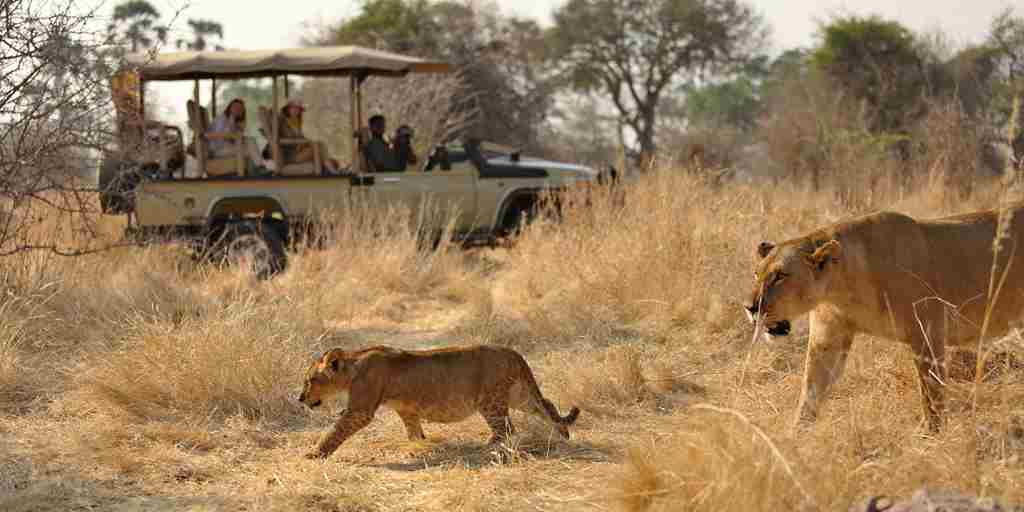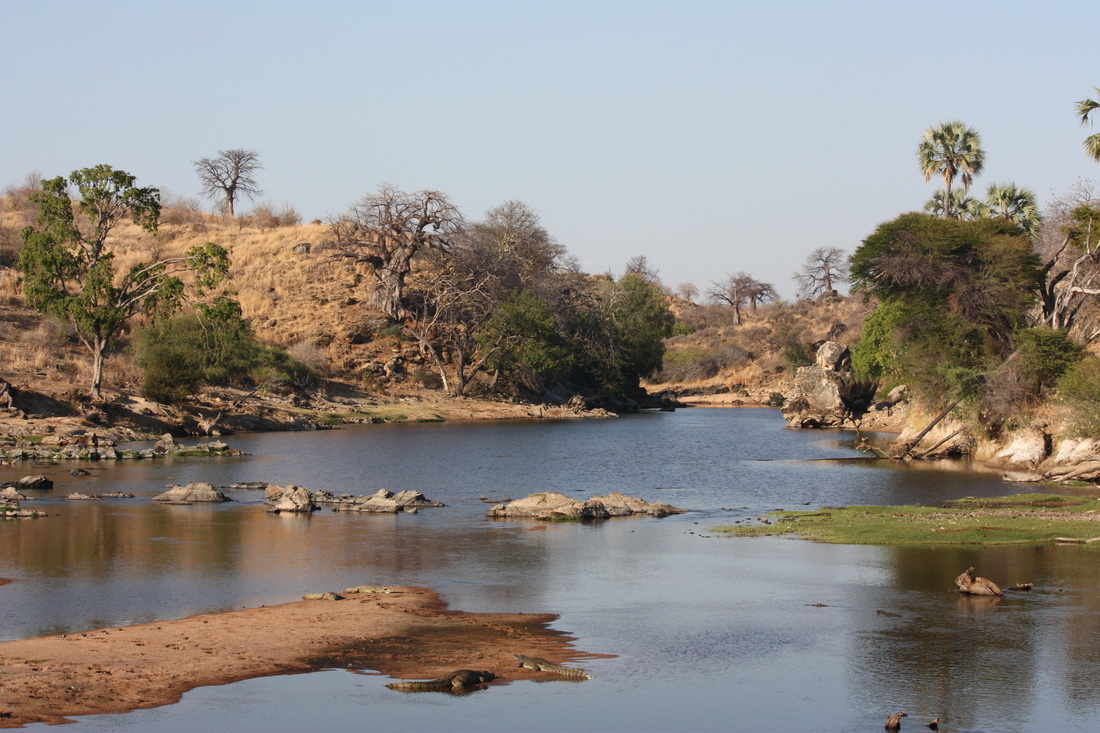Ruaha National Park is one of Tanzania's largest national parks, covering an area of about 20,226 square kilometers (7,809 square miles). It is located in the southern part of Tanzania, within the Iringa and Mbeya regions. The park is named after the Ruaha River, which flows along its southeastern border, providing a vital water source for the diverse wildlife that inhabits the area.

The landscape of Ruaha National Park is characterized by a mix of rugged terrain, open plains, rolling hills, and vast woodlands. It is part of the larger Ruaha-Rungwa ecosystem, which encompasses several protected areas and provides critical habitat for a wide variety of flora and fauna.
Ruaha National Park is renowned for its rich biodiversity, particularly its large populations of elephants, lions, and other predators such as leopards, cheetahs, and African wild dogs. The park is also home to an abundance of herbivores, including giraffes, zebras, buffaloes, and various antelope species such as kudu, eland, and sable antelope.
Birdwatching is another highlight of Ruaha National Park, with over 570 bird species recorded within its boundaries. The park attracts bird enthusiasts from around the world who come to spot diverse avian species ranging from colorful kingfishers and hornbills to majestic raptors like eagles and vultures.
Visitors to Ruaha National Park can enjoy a range of activities, including game drives, walking safaris, and birdwatching excursions. The park offers a more remote and wild safari experience compared to some of Tanzania's more popular northern parks, making it ideal for those seeking an authentic wilderness adventure.

Accommodation options in and around Ruaha National Park range from luxury lodges and tented camps to more budget-friendly campsites, catering to different preferences and budgets. Whether exploring the park on a guided safari or embarking on a self-drive adventure, visitors to Ruaha National Park are treated to breathtaking landscapes, incredible wildlife sightings, and a true sense of wilderness immersion.